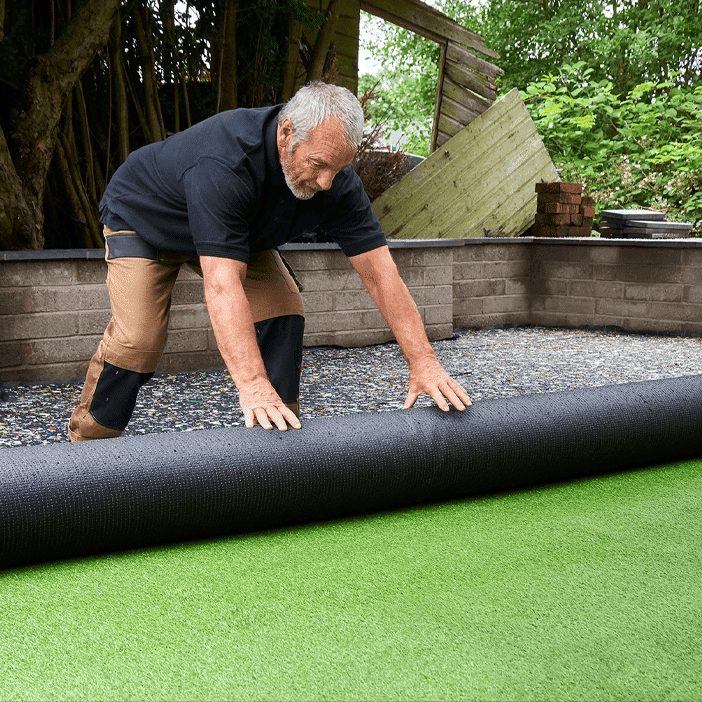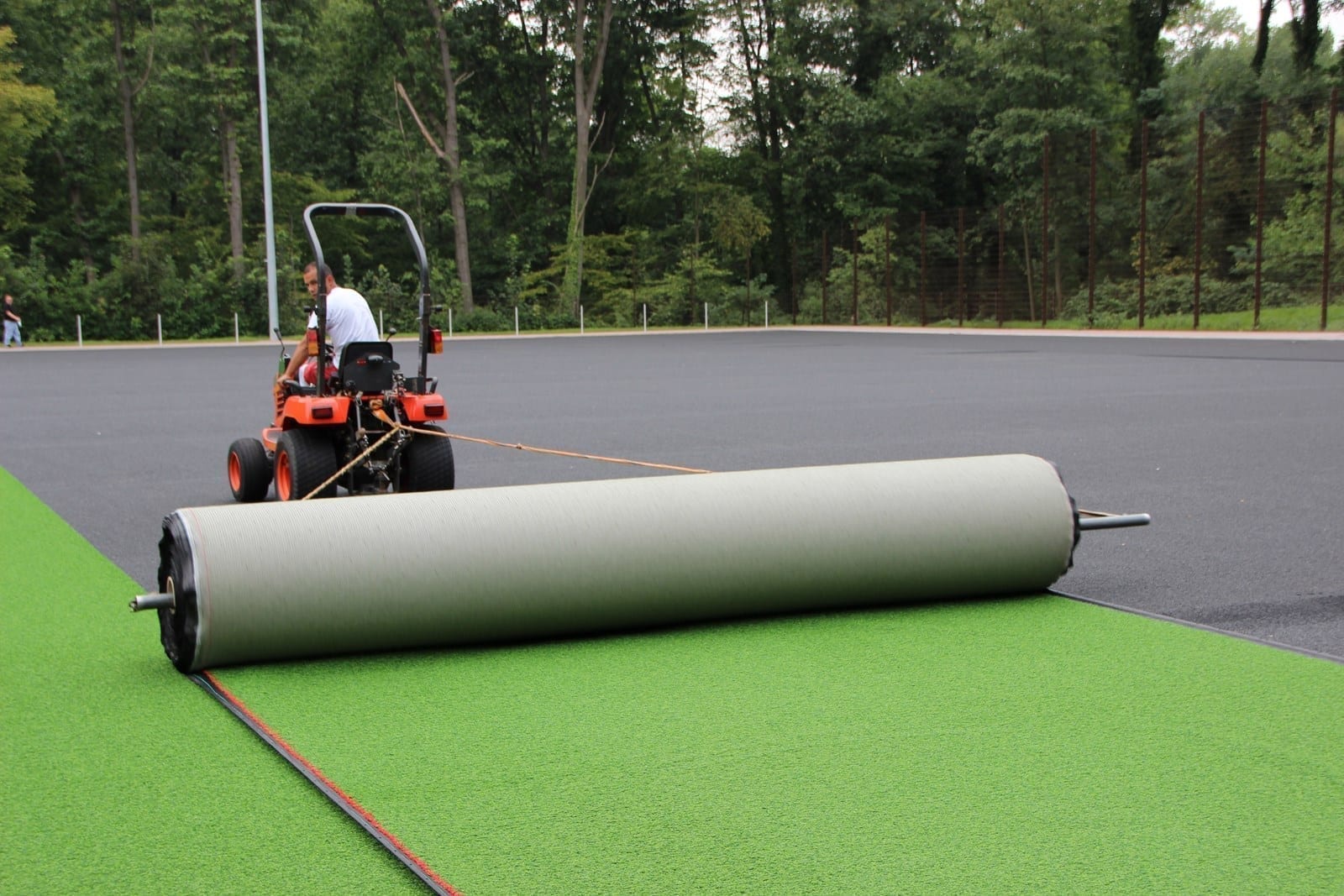Transform Your Outdoor Space with Arizona Artificial Turf for a Evergreen Green Look
Transform Your Outdoor Space with Arizona Artificial Turf for a Evergreen Green Look
Blog Article
See Why Homeowners Prefer Synthetic Grass for Sustainable Landscaping Practices
As property owners progressively focus on sustainability in landscaping, fabricated grass has actually emerged as a compelling alternative to typical yard. Its ability to conserve water, reduce maintenance efforts, and lessen environmental influence positions it as a functional option for those seeking green options. The aesthetic appeal and convenience of man-made grass cater to diverse design preferences. The ramifications of this change extend beyond simple benefit and visual appeals, motivating a more detailed assessment of just how these choices affect wider environmental end results. What continues to be to be discovered is the complete range of benefits that synthetic grass can offer to house owners and the setting alike.
Water Preservation Perks
One of one of the most substantial benefits of artificial turf is its duty in water conservation. Traditional yard yards call for significant amounts of water to maintain their lavish appearance, often causing overuse of regional water sources, specifically in deserts. On the other hand, synthetic grass eliminates this demand completely, as it does not need irrigation. This not just conserves water but likewise decreases the pressure on municipal water systems, particularly during drought conditions.
In addition, the setup of artificial lawn can contribute to a much more sustainable landscape. Homeowners can dramatically reduce their water costs, enabling reallocation of resources to other environmental efforts or family usages. Furthermore, artificial lawn is created to stand up to different weather conditions without the requirement for supplementary watering, making it a suitable option for areas encountering water scarcity.
The environmental benefits expand past instant water savings. By lowering water usage, fabricated grass assists to minimize the effects of environment modification, protecting essential environments that are endangered by too much water extraction. As sustainable landscape design practices get grip, man-made grass arises as an accountable choice for home owners looking for to produce green exterior areas.
Decreased Maintenance Initiatives
Artificial grass significantly lowers maintenance efforts compared to traditional grass yards. With fabricated lawn, property owners can remove the lengthy tasks associated with natural landscape design, such as mowing, fertilizing, and weeding. This not only conserves important time however likewise reduces physical labor, making lawn treatment accessible for individuals of any ages.
Typical yards call for frequent trimming to maintain a cosmetically pleasing elevation, whereas fabricated lawn stays regularly lush without the requirement for reducing. Furthermore, house owners no longer need to use pesticides or plant foods, which are usually needed to keep all-natural lawn healthy.
Moreover, synthetic grass is resistant and long lasting, needing minimal maintenance past occasional cleaning and rinsing to get rid of debris. This convenience of maintenance enables house owners to enjoy their outdoor rooms without the continuous fear of upkeep, offering more time for leisure and family activities. Inevitably, the minimized upkeep efforts associated with synthetic turf make it an attractive alternative for those seeking a low-maintenance, aesthetically appealing landscape.

Environmental Influence Reduction
There is an expanding acknowledgment of the environmental advantages linked with synthetic grass, especially in terms of water conservation and minimized chemical use. Typical yards call for significant quantities of water, especially in drought-prone regions, causing increased stress on local water resources. On the other hand, synthetic grass removes the need for irrigation, considerably lowering water consumption and promoting sustainability.
In addition, conventional lawn upkeep usually entails the application of pesticides, fertilizers, and herbicides, which can add to soil and water pollution. Synthetic lawn minimizes this environmental risk by needing very little maintenance and basically removing the requirement for harmful chemicals. This not only enhances soil health but also protects local ecological communities from harmful runoff.
Additionally, the manufacturing of all-natural lawn lawns usually includes making see this site use of nonrenewable fuel sources for mowing and landscaping devices, more adding to greenhouse gas exhausts. By picking synthetic grass, homeowners can significantly reduce their carbon footprint connected with yard treatment tasks.
Visual Allure and Flexibility
Along with its environmental advantages, fabricated grass provides significant visual allure and adaptability for landscape design. Property owners can achieve a lavish, green look year-round, getting rid of the seasonal variations commonly connected with natural grass. This consistent visual not only improves the visual allure of a home yet additionally adds to a polished and well-maintained appearance.
Moreover, synthetic grass is offered in a variety of designs, colors, and textures, permitting personalization to match individual preferences and layout motifs - Artificial turf companies phoenix. Whether utilized in household yards, commercial rooms, or leisure locations, it can flawlessly integrate into varied landscaping layouts, from contemporary minimal to lush tropical setups
The convenience of synthetic grass expands beyond plain look; it can be mounted in different places, consisting of rooftops, patios, and even indoor spaces, producing chances for distinct landscape design remedies. Furthermore, it appropriates for a variety of activities, from youngsters's play areas to pet-friendly environments, supplying functionality without compromising design.
Eventually, the visual charm and versatility of artificial lawn make it an appealing alternative for homeowners looking for sustainable landscaping solutions that do not give up elegance for ecological obligation.

Long-Term Expense Cost Savings
One of the most compelling advantages of man-made grass is its potential for long-lasting price savings. Unlike natural grass, which calls for regular upkeep-- consisting of mowing, watering, feeding, and parasite control-- synthetic lawn dramatically reduces these continuous expenditures.
Additionally, synthetic grass has a lifespan of 15 to 25 years, relying on its quality and usage. This toughness minimizes substitute prices, making it a more affordable selection over time. Moreover, the preliminary investment in synthetic turf can commonly be redeemed through the cost savings accrued over time.
While the in advance expense may seem higher compared to sod installation, the advancing cost savings from reduced maintenance and water usage typically outweigh these he has a good point first expenditures. Eventually, the adoption of fabricated lawn not only advertises a sustainable landscape design service but likewise provides property owners a monetarily savvy option that straightens with long-lasting budgeting objectives.
Conclusion
Synthetic grass becomes a compelling option for lasting landscape design, using substantial advantages in water conservation, lowered maintenance initiatives, and lessened environmental effect. Its visual appeal and adaptability improve the visual landscape while straightening with modern-day sustainability objectives. Furthermore, lasting price financial savings add to its beauty for home owners. As neighborhoods increasingly focus on eco pleasant techniques, the adoption of man-made lawn represents a modern step toward accomplishing resilient and lasting landscapes.
Additionally, advice synthetic lawn is designed to hold up against numerous climatic problems without the need for supplemental watering, making it an optimal option for areas dealing with water deficiency. (Turf installation phoenix az)

Artificial lawn arises as a compelling choice for sustainable landscape design, supplying significant benefits in water conservation, decreased upkeep initiatives, and lessened environmental effect.
Report this page